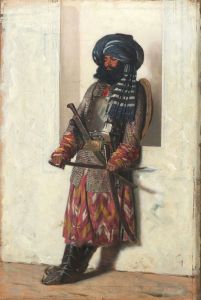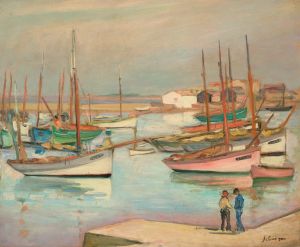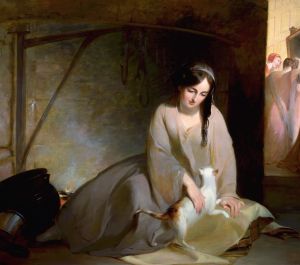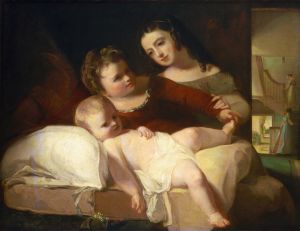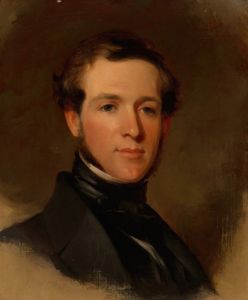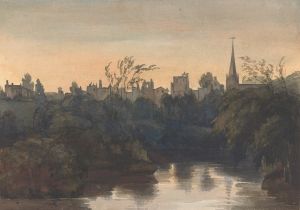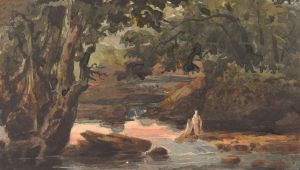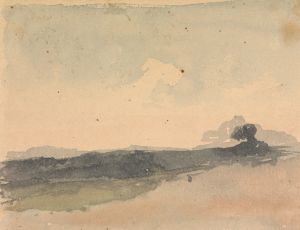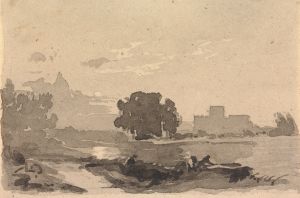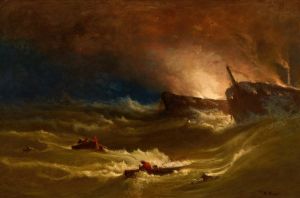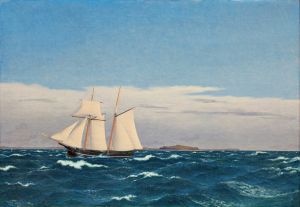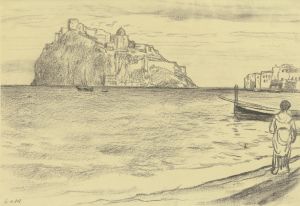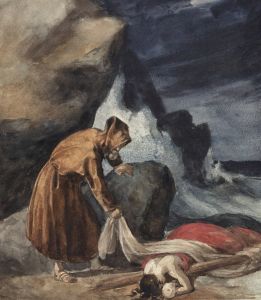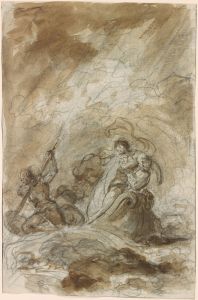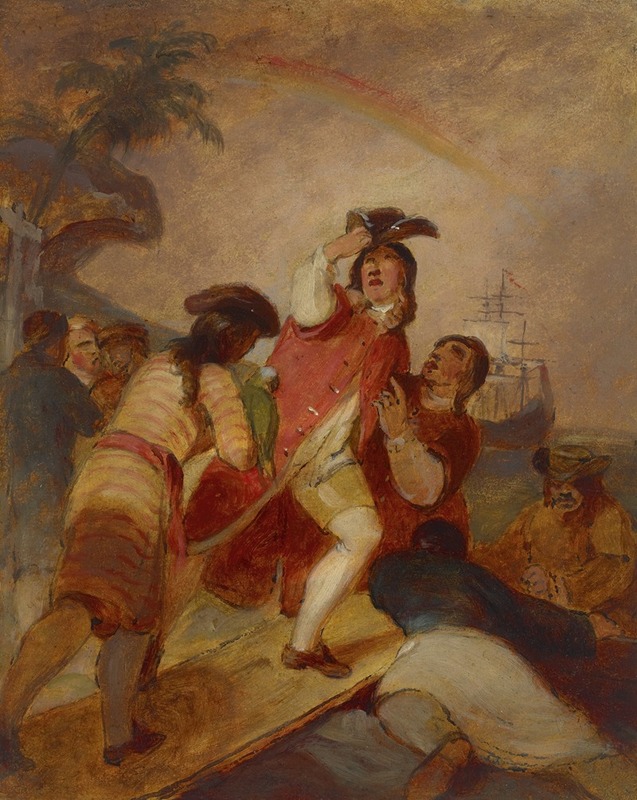
Robinson Crusoe and His Man Friday Leave the Island
A hand-painted replica of Thomas Sully’s masterpiece Robinson Crusoe and His Man Friday Leave the Island, meticulously crafted by professional artists to capture the true essence of the original. Each piece is created with museum-quality canvas and rare mineral pigments, carefully painted by experienced artists with delicate brushstrokes and rich, layered colors to perfectly recreate the texture of the original artwork. Unlike machine-printed reproductions, this hand-painted version brings the painting to life, infused with the artist’s emotions and skill in every stroke. Whether for personal collection or home decoration, it instantly elevates the artistic atmosphere of any space.
Thomas Sully's painting "Robinson Crusoe and His Man Friday Leave the Island" is an artistic interpretation of a scene from Daniel Defoe's classic novel "Robinson Crusoe," first published in 1719. Sully, an American painter known for his portraits and historical subjects, created this work in the 19th century, capturing a pivotal moment from the story.
The painting depicts the characters Robinson Crusoe and Friday, who are central to Defoe's narrative. Crusoe, an Englishman, becomes stranded on a deserted island for 28 years following a shipwreck. During his time on the island, he encounters Friday, a native man whom he saves from cannibals. The two form a bond, and Friday becomes Crusoe's companion and servant. The scene Sully chose to illustrate is the moment of their departure from the island, symbolizing freedom and the end of Crusoe's isolation.
Sully's work is characterized by its attention to detail and the emotional depth he brings to the characters. In this painting, he captures the expressions and body language of Crusoe and Friday, conveying a sense of hope and anticipation as they prepare to leave the island. The composition likely includes elements typical of Sully's style, such as a focus on the human figures and a naturalistic portrayal of the landscape.
Thomas Sully was born in England in 1783 and emigrated to the United States with his family in 1792. He became one of the leading portrait painters in America during the 19th century, with a career that spanned several decades. Sully's work was influenced by the European masters, and he studied in London under the tutelage of Benjamin West, a prominent American painter who was the president of the Royal Academy.
While Sully is best known for his portraits, he also produced historical and literary-themed paintings. "Robinson Crusoe and His Man Friday Leave the Island" fits within this aspect of his oeuvre, showcasing his ability to interpret literary scenes with a keen eye for narrative and character development.
The painting reflects the broader cultural fascination with Defoe's novel, which has been adapted and reinterpreted in various forms since its publication. The story of Robinson Crusoe has been seen as an exploration of themes such as survival, civilization, and the relationship between colonizer and colonized, which are embodied in the dynamic between Crusoe and Friday.
Sully's interpretation of this scene contributes to the visual legacy of Defoe's work, offering viewers a glimpse into the emotional and narrative complexities of the story. The painting serves as a testament to Sully's skill as an artist and his ability to bring literary characters to life on canvas.
Overall, "Robinson Crusoe and His Man Friday Leave the Island" is a significant work within Thomas Sully's body of art, reflecting both his artistic talents and the enduring appeal of Defoe's novel.





